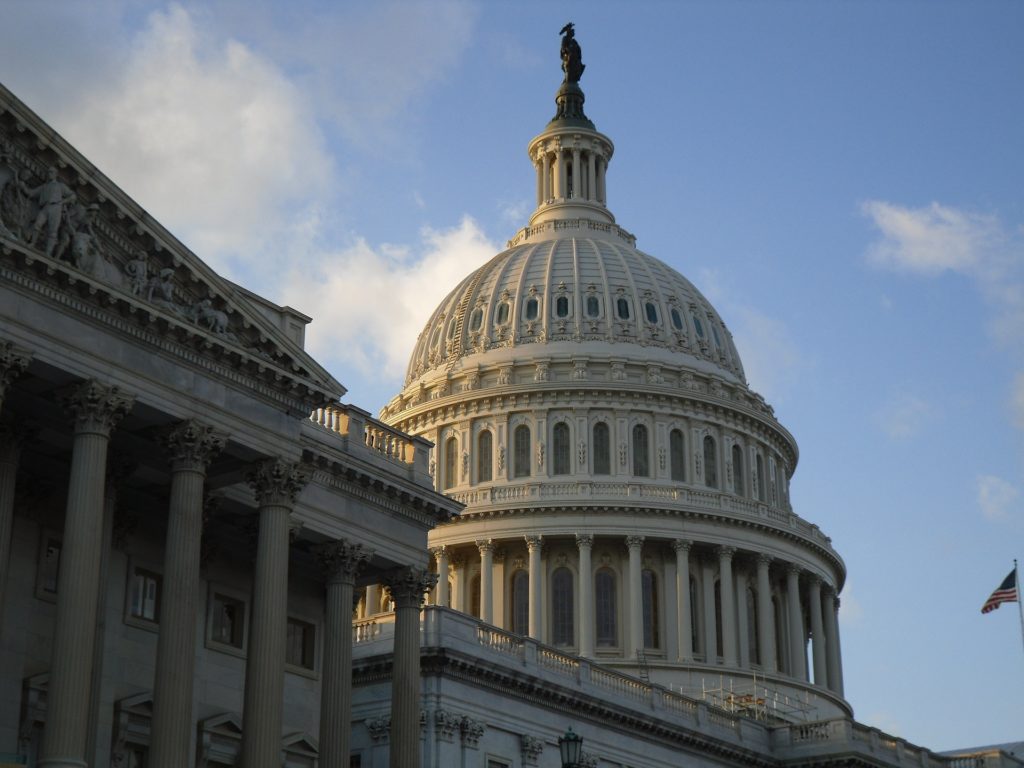The new, stricter skilled nursing staffing standards slated for implementation by the federal government next month weren’t entirely unexpected, but they raise questions about the broader problem of understaffed facilities — and hundreds of buildings could be in the crosshairs.
The Centers for Medicare & Medicaid Services (CMS) announced March 5 that it would overhaul its star ratings system, cracking down on staffing in particular. The agency will automatically give one-star staffing ratings to nursing facilities that have four or more days per quarter with no registered nurse (RN) on site, down from the current threshold of seven or more.
“Nurse staffing has the greatest impact on the quality of care nursing homes deliver, which is why CMS analyzed the relationship between staffing levels and outcomes,” CMS said in a statement announcing the new rules. “CMS found that as staffing levels increase, quality increases.”
Though the agency doesn’t yet have hard numbers — because the data for the most recent quarter is still being analyzed — the most recent quarter showed roughly 550 providers who reported no RN hours for seven days in a quarter, a CMS spokesperson told SNN Tuesday. Given that the threshold is being lowered to four days, the number slated for downgrade could expand by a few hundred, according to the spokesperson.
Though staffing problems are well documented in the SNF world, they likely aren’t the cause of the problems CMS is trying to address, Don Feige, the founder and former owner of SNF-focused software firm ezPBJ, told Skilled Nursing News. His firm was acquired last year by Des Moines, Iowa-based Briggs Healthcare.
The drop in the threshold for days without RN staffing wasn’t a surprise to Feige; CMS had hinted at the move in various forums, he told SNN. From his vantage point, the bigger question is why SNFs are still reporting days without RN coverage nearly a year after the April 2018 implementation the payroll-based journal (PBJ) system — under which providers’ staffing ratings are based on firm data rather than self-reported information.
The question is especially glaring given that nursing facilities have to have eight hours of RN coverage per day in a building unless they’ve received a waiver for the requirement.
“Obviously, there is a workforce crunch, but I don’t think that’s the cause of this particular problem,” Feige said. “We tend to get customers because they get dinged on this, and then they call us up and say, ‘We got dinged on this, and we don’t know why.'”
CMS found that 6% of homes in the U.S. were reporting days without RN coverage at the time of the PBJ switch, Feige noted.
One issue, among others, is that salaried workers cover weekend shifts that aren’t captured in payroll systems that track staffing on an hourly basis, Feige said.
CMS doesn’t believe the lack of RN coverage can be explained solely by this problem, however, with the spokesperson telling SNN that most providers are able to submit data successfully and accurately. In audits of providers, officials have looked at the issue of unpaid hours worked by salaried staffers, and that doesn’t appear to be the cause of days without RN staffing, the agency told SNN.
But the problem of hours during shifts served by salaried workers that aren’t captured is nonetheless an issue Feige and his team members have run into several times, he told SNN.
“Payroll systems set up to capture the 40-hour exempt workweek many times didn’t capture the actual days or total time an exempt person works,” he explained. “PBJ has triggered the need to additionally document the actual days in the building for exempt staff — which they are now doing more and more. However, as CMS increases focus on RN hours, the PBJ methodology can undercount actual RN hours in the building by excluding exempt RN hours beyond the standard paid 40 hours.”
Feige saw the value in CMS’s overhaul, but questions still remain for providers.
“The CMS approach to standardize PBJ data and remove loopholes make sense,” he said. “But many facilities are forced to rely on exempt RN staff for more than 40 hours a week and don’t know how to reconcile the PBJ “exempt bonus rules” against Department of Labor and FLSA regulations.”
Other major changes announced by the agency include lifting a temporary freeze on health inspection ratings, developing separate quality ratings for short- and long-stay residents, and a new formula for the quality measure metric that will see the agency increase star thresholds to better reflect the position of each SNF relative to its peers.
The gain will be set at half the average improvement rate of all SNFs, and it’s a change that was recommended by stakeholders, the CMS spokesperson told SNN. The hope is that the process will be able to elevate SNF standards while making it less likely that CMS will have to make drastic adjustments in thresholds down the road, the agency said.
Companies featured in this article:
Briggs Healthcare, Centers for Medicare & Medicaid Services, ezPBJ



